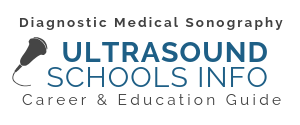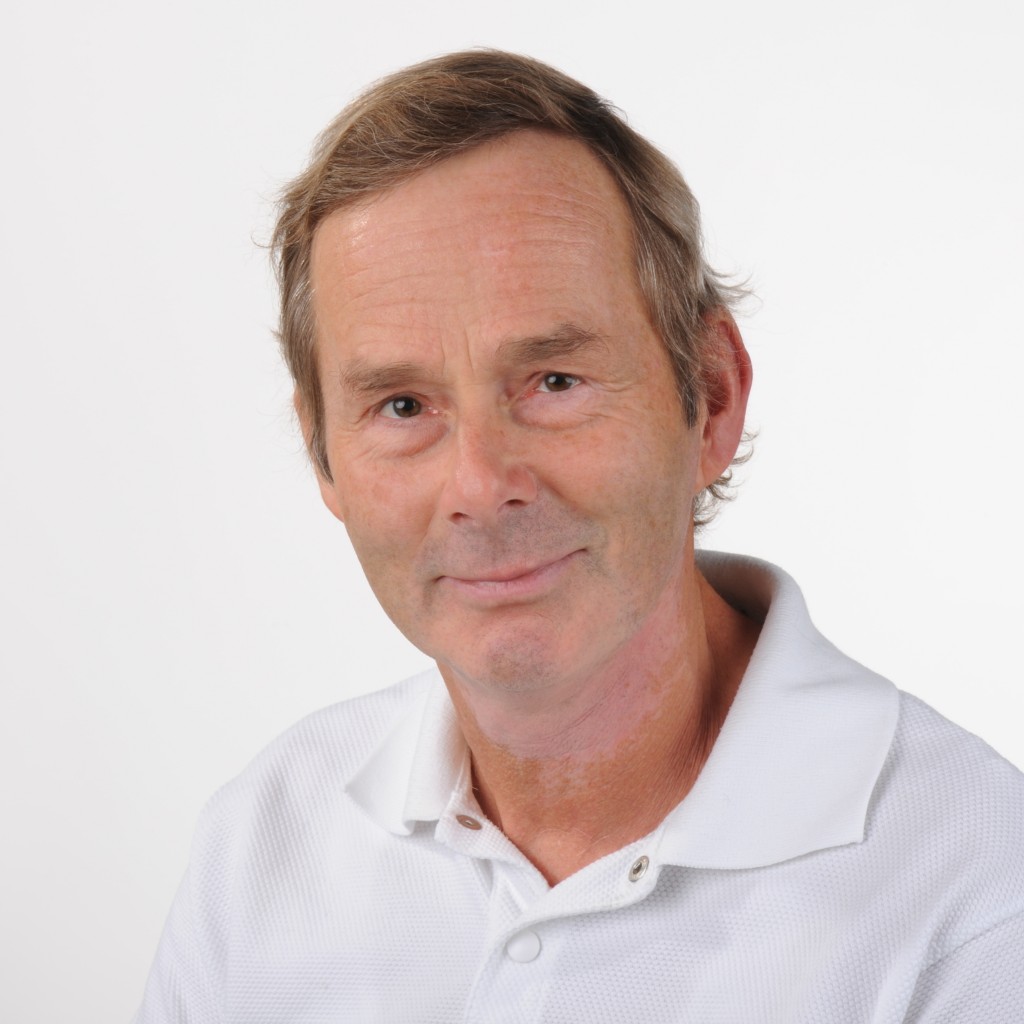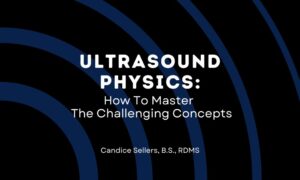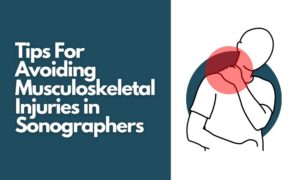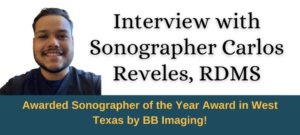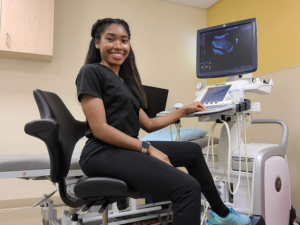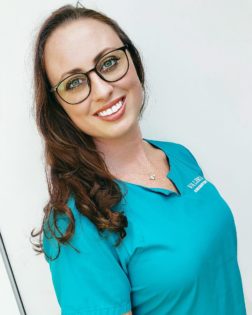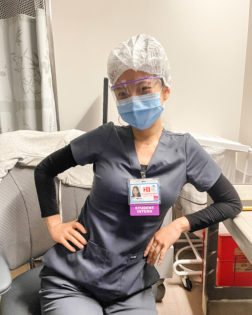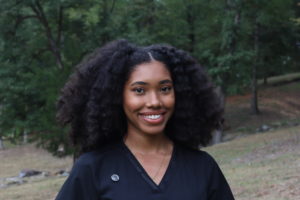Dr. Taco Geertsma is a radiologist and head of the Ultrasound department at Hospital Gelderse Vallei, The Netherlands. He is also the founder of Ultrasoundcases.info, a teaching website that makes case files available free of charge for educational use to hundreds of thousands of people every year. As of May, 2013, UltrasoundCases.info has shared over 6,300 cases and 46,000 images in a format that can be downloaded for study. Dr. Geertsma shares with us his own experiences and provides valuable tips for those interested in diagnostic imaging as a career.
Dr. Geertsma:
I am a 61 year old Dutch radiologist. I was trained as a general radiologist. In the late seventies and early eighties ultrasound was just beginning to develop and because the radiologists in my training hospital had no experience with ultrasound they asked me to set up the ultrasound department in my training hospital. In 1984 I finished my residency and started in a small hospital in the central part of Holland where I performed all radiologic examinations together with a colleague and a staff of radiology technicians. All ultrasound examinations at that time were done by the radiologist. In the late eighties the hospital I worked in, joined a group of 4 regional hospitals to set up a larger training hospital. In some of the hospitals there were already sonographers performing ultrasound. In 1992 I became head of ultrasound. In order to improve the quality of the sonographers I set up an educational program.
I now work in a group of 11 radiologists. Apart from ultrasound I am also a member of the breast care team, so I not only do breast ultrasound but also mammography and breast MRI. The hospital is well equipped and since 2000 we work in a new building that is being expanded every few years.
Dr. Geertsma:
I wanted to study biology or go to medial school. Because the future perspectives were better if I went to study medicine I decided to do that. I don’t come from a family of doctors. I chose radiology because I noticed that many doctors rely very heavily on diagnostic imaging. I have always found it more interesting to find out was is wrong in a patient than to write prescriptions.
Dr. Geertsma:
Over the years I have grown very enthusiastic about ultrasound. I am glad that I have had the opportunity to expand my role in ultrasound in my hospital. I have been able to work with the latest high end equipment and I have been able to travel a lot and give lectures and hands on training to many people both in my own country and abroad.
I have lectured from Indonesia to Peru and anywhere in between especially Eastern Europe. I have been a guest lecturer at the Dutch educational centers for sonographers and I have held many lectures on various ultrasound subjects at meetings of the Dutch radiological society and the society of Dutch sonographers.
Dr. Geertsma:
Ultrasound is now being performed by a lot of people, many of whom are not a radiologist or a doctor. In Holland primary health care is now taking over a great part of ultrasound.
- Important as a good sonographer is that you are enthusiastic about ultrasound and working with people.
- Listen to what the patient has to say, this can help you make the right diagnosis.
- Know the system you are working with.
- Work in a structural fashion and follow protocols, but don’t forget to use your own initiative
- Have good knowledge of the normal anatomy and the anatomical variations.
- Know what different pathology you can expect and know what it looks like (that’s where the website was developed for).
Dr. Geertsma:
I started building a teaching file where I could find cases to illustrate my lectures with in 1992, when I became head of ultrasound.
In 1999 I had the opportunity to make a digital database. After having given a lecture people frequently asked me to see the images again.
In 1999 my hospital made a long term contract with the distributor of Aloka now Hitachi/ Aloka for the purchase of ultrasound equipment in order to get a larger discount. Our hospital was already using Aloka since 1984 and the radiology department was only using Aloka ultrasound equipment since 1992. So because all the images in my database were made with Aloka equipment and because of the hospital contract the images would for many years be made with Aloka equipment, I decided to ask Aloka to develop a website from my database of cases. Sonja Grubenmann from Aloka Europe has developed the structure of the site and implemented the material to the site. I am not a computer expert and I am very grateful for her work.
Since 2010 a content management system was developed so I can now add new material and make changes myself. I also get a lot of help from my daughter.
It was and still is a huge database of cases that anyone can use free of charge. No more no less. It has taken a while for people to know that the site exists. The number of visitors is now growing rapidly so it fulfills its purpose. The growing number of visitors also stimulates me to add new cases. I reach much more people with my site than I could ever reach with my lectures.
Dr. Geertsma:
I had no special expectations. I only wanted to share the large database of cases that had collected over the years, with people who were looking for images.
Dr. Geertsma:
When I can perform ultrasound examinations myself.
Dr. Geertsma:
The cost of healthcare and of diagnostic images is increasing every year.
My hospital has 2 CT scans and 3 MRI systems of which one is a 3 Tesla. They make fantastic images, but ultrasound is so much cheaper faster and patient friendly and in many cases can make the same diagnosis. Ultrasound should be stimulated wherever and whenever possible.
Dr. Geertsma:
Many radiologist are more fascinated by CT and MRI images than by ultrasound images. Sonographers will take over the bulk of general ultrasound examinations in many countries. The radiologist will be performing the more difficult cases, biopsy procedures and ultrasound guided procedures.
Dr. Geertsma:
The development of ultrasound systems is growing just as fast as computers. Every few years systems are improved new technologies developed I think the future for ultrasound is very bright. However I think ultrasound will for at least a part move away from the expensive radiology departments to primary health care centers.
